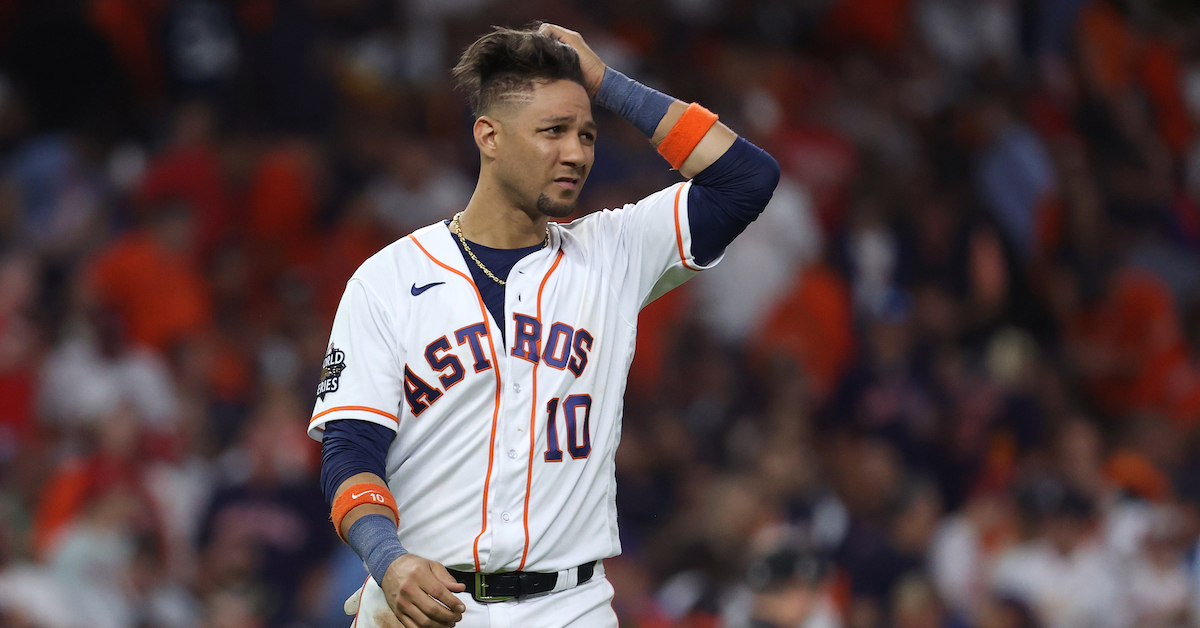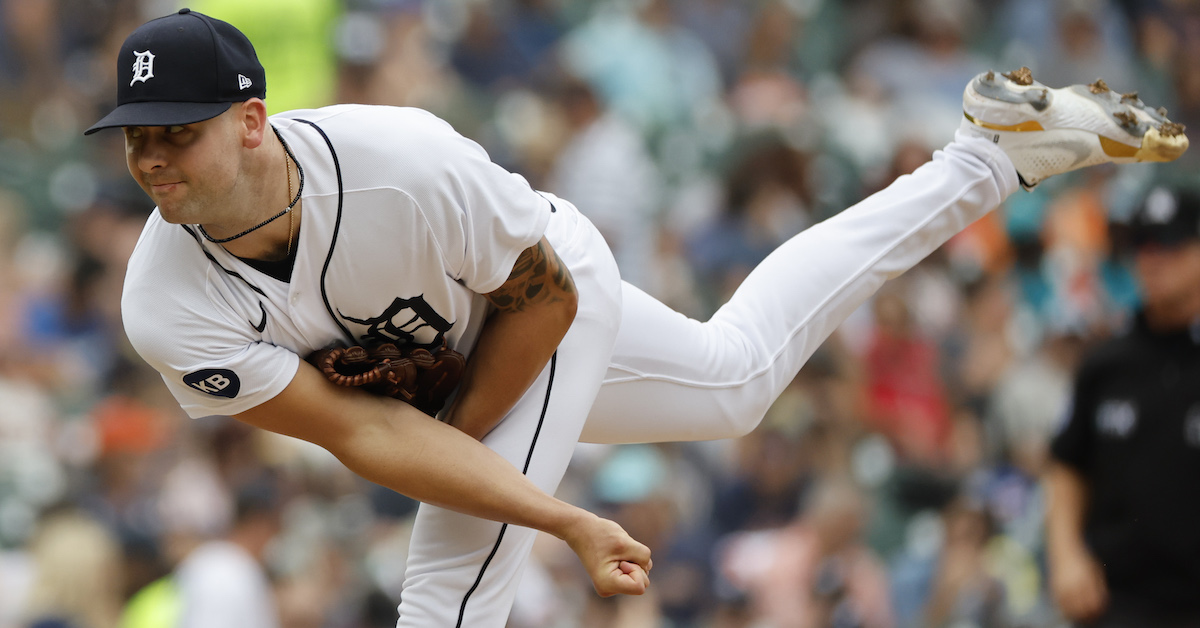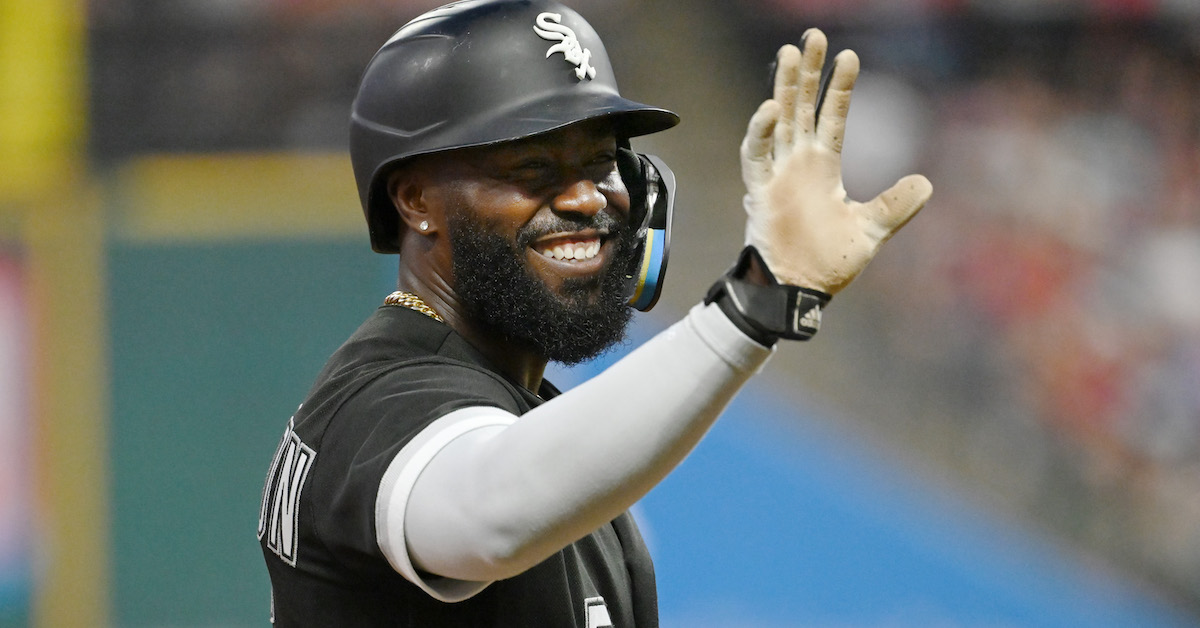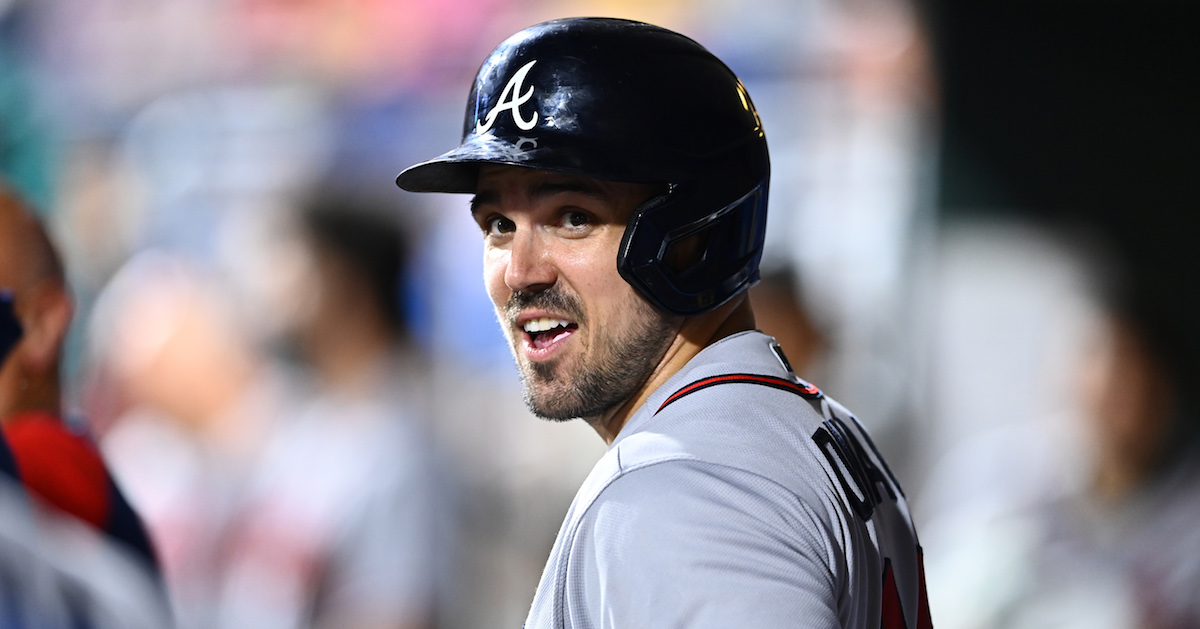The Outlook Isn’t So Good for Yuli Gurriel

Yuli Gurriel has played professional baseball around the world, suiting up in Cuba and Japan before making his way to MLB. Yet since moving stateside, Gurriel has worn just one uniform, and it still seems strange to think of him wearing any colors other than blue, orange, and white. In seven years with the Houston Astros, he won a Gold Glove, four American League pennants, and two World Series championships. Someday, he’ll earn a plaque in the Astros Hall of Fame. In 2023, however, he’s hoping to prolong his big-league career with a new ball club.
Astros GM Dana Brown has professed a tad bit of interest in re-signing Gurriel, although that supposed interest may have been a gesture of respect rather than a genuine expression of desire. With José Abreu at first base and Michael Brantley as the DH, there isn’t room for Gurriel in Houston’s starting lineup. He could take a spot on the bench, displacing David Hensley, but Gurriel would likely prefer more guaranteed playing time and the Astros might prefer to see what Hensley has to offer.
Per the Miami Herald, the Marlins made an offer to Gurriel earlier this winter, but the veteran was hesitant to accept. The Fish eventually nixed the deal, although the Herald’s report suggests they could still invite Gurriel to camp as a non-roster invitee. Perhaps he should have taken the guaranteed cash when it was still on the table. The Twins, another club linked to the first baseman this offseason, recently came to terms with Donovan Solano. Presumably, Solano took the roster spot and the salary that might have otherwise gone to Gurriel. Read the rest of this entry »









